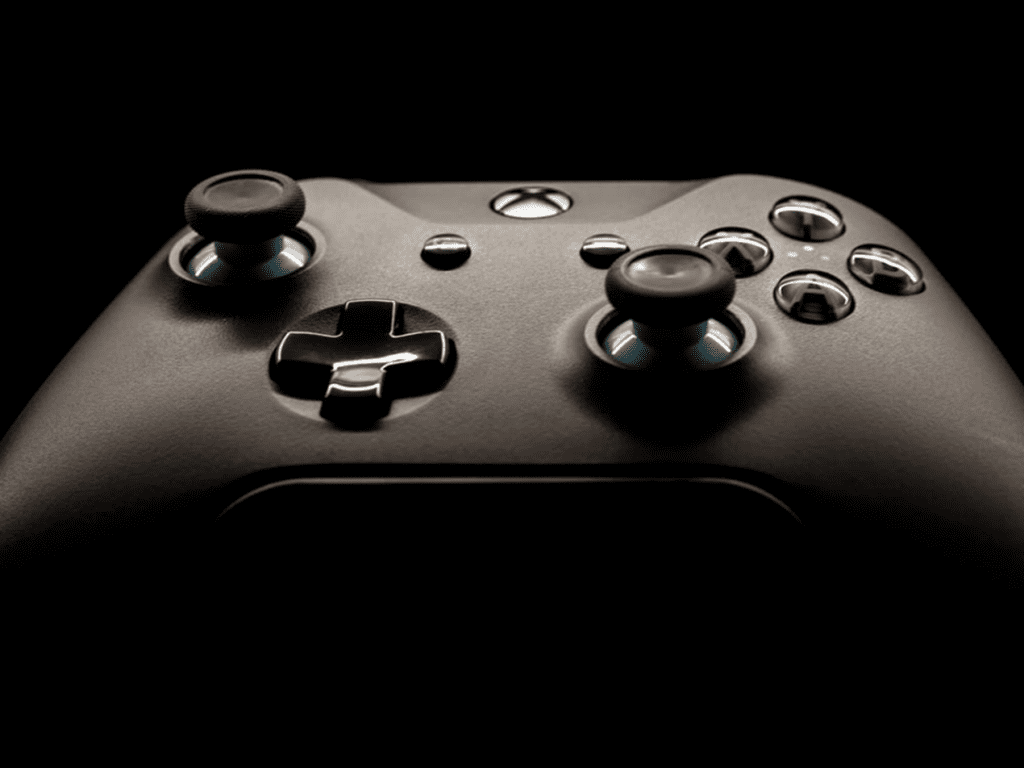With the newer systems from Sony and Microsoft having time to stretch their legs, we can safely say that the ninth-gen has officially arrived. Though it’s still early on in their lifespans, there have been a few obvert indications of the trajectory of each of the major devices going forward. Taking a look at some of these shared aspects, as well as system-specific developments, here’s what we think is coming next.
Shared Components
Perhaps the most widely requested feature of the new devices is cross-play functionality. By allowing players of different devices to connect to each other and play, game communities stand to last far longer, and online experiences as a whole should benefit. Also arriving, though to a lesser degree, are a wider-range of multiplatform titles. By avoiding confining players to one space, this should reduce the stress of selecting a new console, though some exclusives will still remain.
These two core technologies have been a long time coming and should do great things to gaming as a whole, but in the greater gaming landscape, they’re hardly unique. Cross-play, for example, is decades old, with even the Dreamcast and PC having the feature at the turn of the new millennium.

Multiplatform, of course, has always been around, but not on consoles to the degree it’s now being adopted. Even games from the late ’80s got in on this idea, with 1989’s Prince of Persia being a particular standout. Ported to over 20 different systems, this generous spirit has always been loved by fans, though can be somewhat tricky to implement for developers due to licensing.
A more contemporary example of this in action can be seen in online casino games like real money slots. Though these websites initially made their home on PC, becoming popular with bonuses and free spins on this platform, they eventually spread to mobiles as Flash games did before. Now accessible on almost any modern browser-compatible device, these casinos have found new levels of success because of it. This was part of the overall aim to be as convenient as possible, with other areas such as providing a wide range of banking options contributing to this.
One last thing to note in this regard is that game-streaming for all major platforms can serve as an in-between solution here, to allow console games to be playable on PC. Sony’s PSNow and Microsoft’s Project xCloud have been established in this arena for some time, with Nintendo now also testing the waters.
Microsoft
The biggest change coming to Microsoft’s Series X and S this gen has been the attention that the company has paid to a tied console-Game Pass subscription service. Rather than only offering models that are paid for outright, Microsoft’s new funding system aims to bolster longer-term engagement through these new methods.
Giving this indication are the price-points at which Microsoft offers their new consoles. Using the monthly Game Pass payment plan for these ends up significantly cheaper than buying a console outright alongside a subscription. This gives users a solid reason to get involved, and wouldn’t be an option unless Microsoft didn’t aim to leverage this idea more in the future.

Sony
Sony’s direction also seems to be heading towards a more online-based focus but through slightly different methods. This is best illustrated by the existence of the two different console versions at very different price-points. The base model retails at £449.99, while the diskless version sells for £349.99, significantly less.
This isn’t a matter of Blu-ray drive changing the cost either, as such drives for consumers only cost around £20 each. For a manufacturing company like Sony buying or producing in bulk, the prices per unit would be much lower. This leads us to the conclusion that Sony is likely doing everything in their might to push for the digital version to become the most popular. This way, they can keep all sales in their online store, and maintain a much closer eye on their ecosystem.
Nintendo
As we’ve come to expect, Nintendo is doing things a little differently. Long being the biggest name in hand-held gaming, they seem to be leaning heavily into the idea of a hand-held/console hybrid. This has paid off enormously with the Switch’s success already, having sold 68 million units since its launch in 2017.
Combine this success with the prior direction of an upgrade for handheld devices as seen with the New 3DS, and it’s probable the Switch could see a similar update soon. This would upgrade the already aging hardware, while likely allowing most of the same games to be playable on both systems.
While much of this is speculation, a lot of the moves by these companies is anything but subtle. All of these want to get bigger, all want to capitalize on earlier success stories, and all want to help their players as long it’s legally and financially viable to do so. Altogether, this means that an already enormous new generation is only going to get more so. Sure, we don’t know when this generation will end, but we’d place money on it eventually looking a lot different than it does right now.
